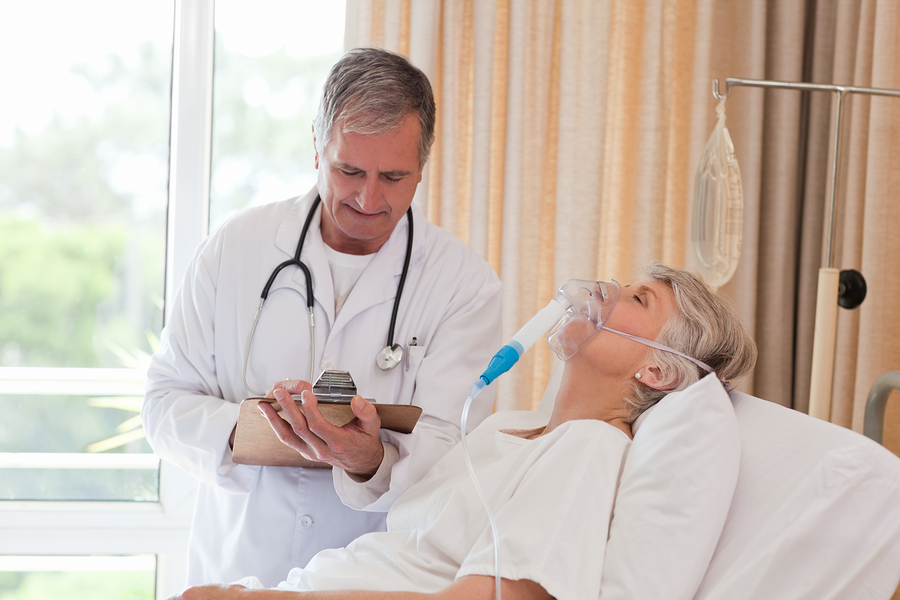Where Are You Most Likely to Contract COVID-19?
/By Dr. Lynn Webster, PNN Columnist
As the country reopens, some people may be at greater risk of contracting COVID-19 due to a lack of understanding about how the virus is transmitted. Having too little information (or too much misinformation) about how the coronavirus spreads and how we can protect ourselves can cause people to feel a false sense of security and unnecessarily place themselves in harm's way.
It may also lead to poor outcomes for those who fail to seek medical care for heart attacks, strokes and other urgent conditions. They may believe that going to a hospital where COVID-19 patients are present is dangerous, but their exaggerated fear may cost them their lives.
While panic is counterproductive, we do need to be realistic. Recent projections suggest the United States will see more than 140,000 deaths before September. If there is a second wave of the virus this fall, the number of deaths by Christmas may be staggering.
How We Transmit the Coronavirus
Initially, COVID-19 was thought to target elderly people with co-morbid health conditions. But many younger, healthy people have also died. Children with Pediatric Multi-System Inflammatory Syndrome and women who have miscarried because of a SARS-CoV-2 infection are awakening scientists to new horrors and challenges.
Erin Bromage, PhD, an Associate Professor of Biology at the University of Massachusetts Dartmouth, recently posted one of the most informative articles that I have read on how the virus is transmitted. It is worth reading.
We know that transmission most commonly occurs in dense gatherings and at home. Bromage explains that inhaling 1,000 viral particles can infect you with COVID-19 -- and that a single sneeze spews as many as 200,000,000 virus particles, moving at a speed of 200 miles per hour.
Engaging in a conversation with a carrier can expose you to hundreds of thousands of virus particles with each exhalation. A single breath can expel 100 or so virus particles. Assuming we each exhale 16 times per minute, it takes less than one minute of conversation to exceed the 1,000 particles necessary to cause an infection.
The droplets released via a conversation can be aerosolized into a fine spray that remains suspended in the air for several minutes. That means people standing more than 6 feet away who walk through the virus mist within 5 to 10 minutes after the carrier has left the scene are also at risk of becoming infected.
Bathrooms, according to Bromage, are cesspools of transmissible virus particles. Even flushing a toilet can aerosolize droplets.
Restaurants are common sites of transmission. Airflow from heating and air conditioning systems circulates viral particles through closed environments. As an asymptomatic carrier enjoys dinner, viral particles from breathing travel through the ventilation system of the restaurant to reach far beyond 6 feet.
If there are ceiling or standing fans, it is even easier for an infected person who is only talking to seed the air with viral particles from a distance. If the carrier stays at the restaurant for an hour or more, there could be enough virus particles circulating through the dining area to infect people at tables throughout a small restaurant.
Workplaces, choirs, church services, weddings, funerals, birthdays, and indoor sports gather people in close proximity and are responsible for a large portion of transmissions. Bromage points out that these venues, along with public transportation, are responsible for 90 percent of all transmissions.
Calculating the Risk of Infection
We can calculate the risk of acquiring the contagion. As Bromage states, dose and time determine the risk: the amount of virus a person is exposed to and the length of time they are exposed to that dose.
Runners or bicyclists may spew large amounts of virus as they breathe heavily. But, because they are outdoors, the exhaled particles can be quickly diluted in the air if people are separated by several feet. Runners' and bicyclists' diluted virus particles are less likely to pose a threat because of the limited amount of time people are exposed to them.
People who are less mobile, like the elderly or many people with advanced illness, are generally indoors, either at home or in hospitals. These people are at the greatest risk when they are exposed due to the dose and time factors. Small doses over long intervals of exposure in a home, nursing home, or hospital greatly increase the chances of contracting the disease.
As our communities adapt to the changing needs of society, we need to understand how this deadly virus can penetrate our barriers. Knowledge about how the virus spreads can help minimize our risk of contracting and spreading COVID-19. This may require us to rethink the wisdom of many of our traditions for the next year or more.
Lynn R. Webster, MD, is a vice president of scientific affairs for PRA Health Sciences and consults with the pharmaceutical industry. He is author of the award-winning book, “The Painful Truth,” and co-producer of the documentary, “It Hurts Until You Die.” You can find Lynn on Twitter: @LynnRWebsterMD.
The opinions expressed in this column are those of the author alone and do not inherently reflect the views, opinions and/or positions of Pain News Network.




